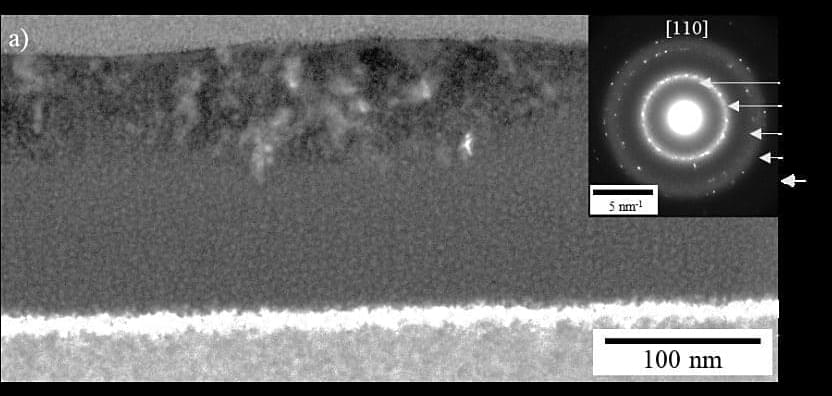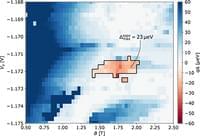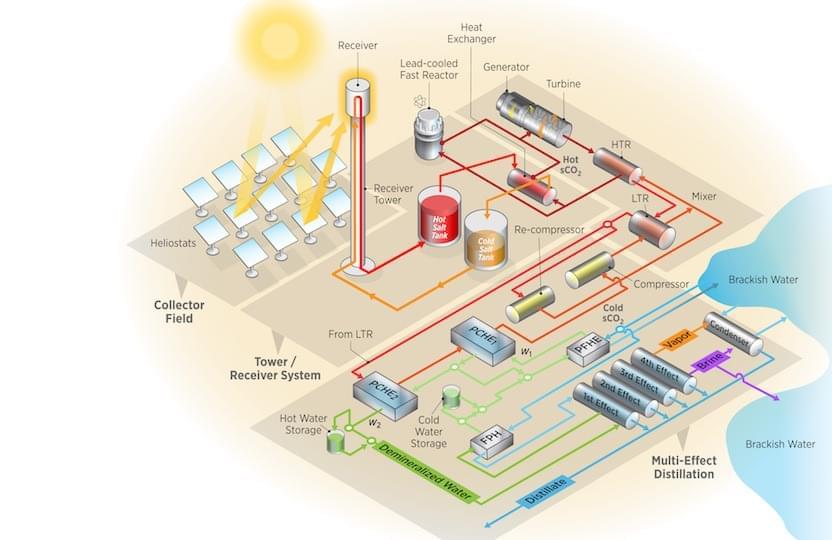As sci-fi fans will attest, scenes of the distant future aren’t too difficult to imagine. We’ve got fleets of intergalactic ships exploring the inscrutable vastness of space. We’ve got legions of hardy settlers terraforming strange, new worlds. There’s a great galactic chain of humanity forged through will, knowledge, and intellect stretching across the Milky Way and beyond. At least, that’s one version. Some would describe a brutal, militaristic future for humanity, or one of disembodied consciousnesses and networks of planet-spanning artificial intelligence. But in each version, there’s one crucial element that humanity can’t do without: energy.
Energy is such a fundamental, critical component to civilization — off-world or not — that Soviet astronomer Nikolai Kardashev in 1964 labeled spacefaring civilizations based on how much energy they consumed; the higher the ranking, the more advanced, as Space.com explains. We’re talking far, far beyond crude fuel like oil and coal. Earth isn’t even a Type I civilization because we haven’t harnessed all the energy available on our own planet. By contrast, a Type II civilization would be able to build an energy-harnessing structure like a Dyson sphere around its own sun, as described in Popular Mechanics. After all, all those intergalactic ships, stations, settlements, etc., need power from somewhere, same as they need materials.
So what if there was some nigh-infinite, nigh-magical source of energy that permeated the entire universe? What if it could be tapped at will, from anywhere at any time? That’s zero-point energy in a nutshell.






